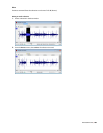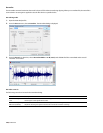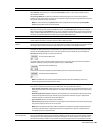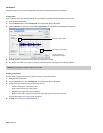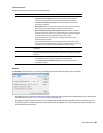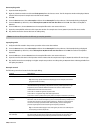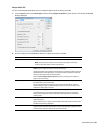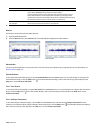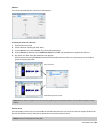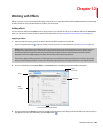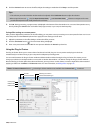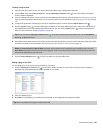
Downsampling audio
1.
Open the Musicbed.pca file.
2.
Right-click the data window and choose File Properties from the shortcut menu. The File Properties window is displayed. Notice
that this file has 44,100 Hz sample rate and a file size of 0.48 MB.
3.
Click OK.
4.
From the Process menu, choose Resample, and then choose Resample from the submenu. The Resample dialog is displayed.
5.
From the Preset drop-down list, choose Resample to 8,000 Hz with anti-alias filter and click OK. The audio is resampled at
8,000 Hz.
6.
From the File menu, choose Save As. Save the resampled file with a new name and close it.
7.
Open the resampled file and view its File Properties window. The sample rate is lower (8,000 Hz) and the file size is smaller.
8.
Play the file. Notice the obvious decrease in audio quality.
Note:
Use this new file to perform the following up-sampling procedure.
Upsampling audio
1.
Verify that the file created in the previous procedure is the active data window.
2.
From the Process menu, choose Resample, and then choose Resample from the submenu. The Resample dialog is displayed.
3.
From the Preset drop-down list, choose Resample to 48,000 Hz with anti-alias filter and click OK. The audio is resampled at
48,000 Hz.
4.
From the File menu, choose Save As. Save the resampled file with a new name and close it.
5.
Open the new file and view its File Properties window. Notice that the sample rate is higher (48,000 Hz) and the file size is larger.
6.
Play the file. Notice that resampling to a higher sample rate produces an audio quality at 48,000 Hz that is indistinguishable from
the quality at 8,000 Hz.
Resample controls
The following controls are located in the Resample dialog.
Control Description
New sample rate Determines the sample rate (in Hz) at which the file is resampled.
Tip:
Processing is quicker when downsampling by an even multiple (such as when
going from 44 kHz to 22 kHz).
Interpolation accuracy
Apply an anti-alias filter during
resample
The Interpolation accuracy value determines the complexity of the interpolation
method used during resampling. Interpolation accuracy is most apparent in high
frequencies, but the audible difference between the values is subtle and often
undetectable without the use of test tones.
A value of 1 is suitable for general-purpose audio.
A value of 2 or 3 is good for high-end audio applications.
A value of 4 results in professional-quality audio, but requires substantial processing.
Selecting this check box applies an anti-aliasing filter during the resampling process.
Remember that the maximum frequency that can be represented by a sample rate is
one-half of the sampling rate (the Nyquist frequency). Therefore, high frequencies
cannot be accurately represented when downsampling. The anti-aliasing filter
prevents high frequencies from becoming low-frequency distortion.
Tip:
It is also advisable to apply an anti-aliasing low-pass filter to an audio file prior
to resampling to a lower sample rate.
Set the sample rate only (do
not resample)
If this check box is selected, the playback rate is changed without resampling the data.
This means that the pitch of the original file is not preserved. For this reason, this
option is only useful for quickly converting between two similar sample rates.
190 | CHAPTER 11






